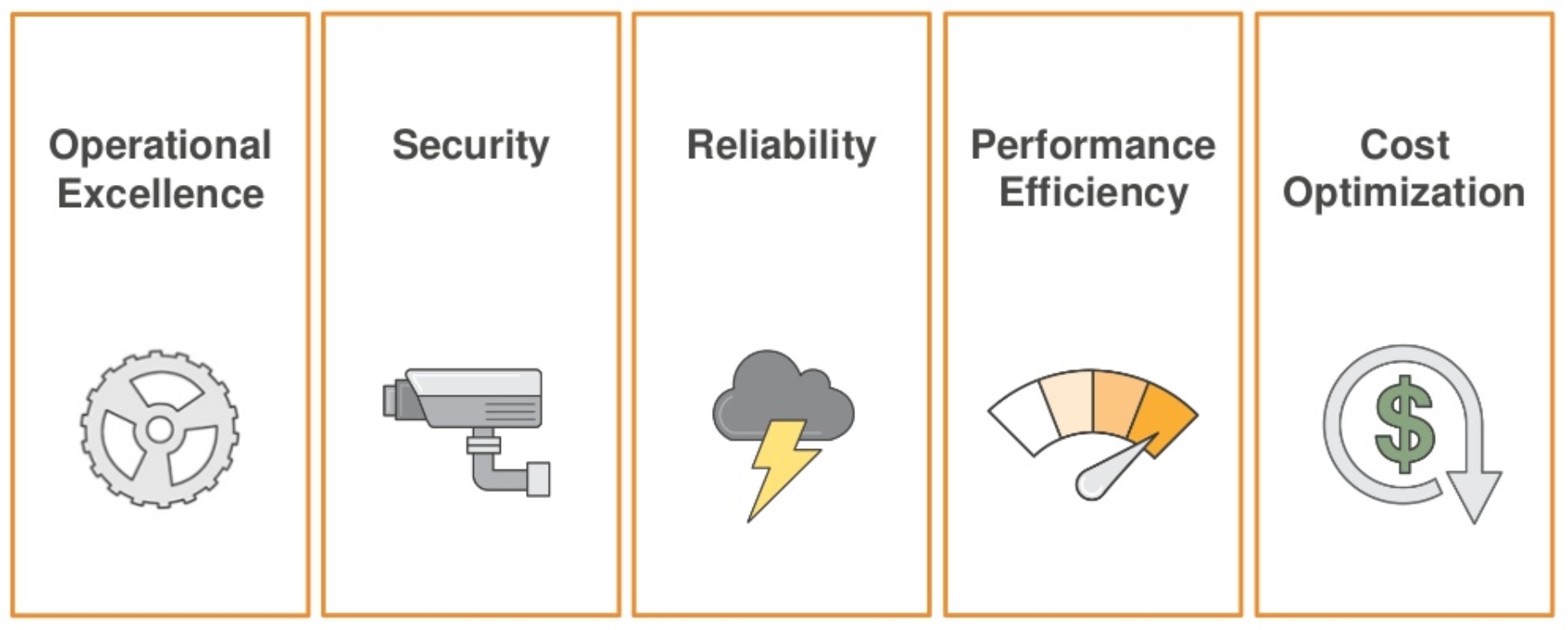By Darryl Govender
One of the many questions our customers often ask us is, how do they ensure that their workloads are performant, cost effective and secure according to cloud best practices? An apt question considering that more and more customers, and partners alike, are realizing the benefits of increased speed, reduced cost and the advantages of the vast platform breadth of AWS, to solve complex business challenges.
How indeed?
While hyper-scale cloud platforms offer the ease of accessibility backed by extensive knowledge programs; simply the sheer number of architectural choices can prove daunting when choosing the right solution.
Fortunately, AWS has been thinking about this exact problem for quite some time and back in 2015, they launched the Well-Architected Framework to give customers guidance and insight into the correct utilization of the cloud. The framework includes five pillars that tackle the major focus areas for architecting systems in the cloud, namely:

Operational Excellence – Running and monitoring systems to deliver business value
Security – Protecting information and systems
Reliability – Preventing and quickly recovering from failures
Performance Efficiency – Using IT and computing resources efficiently
Cost Optimization – Avoiding un-needed costs
In review format, each pillar asks a number of crucial questions regarding the implementation of a specific workload which, once answered (honesty works well here!), a measure against best practices is recommended by the framework. To easily conduct these reviews, AWS has created a self-service tool called the AWS Well-Architected Tool (available through the AWS console) which facilitates the review process, allowing for evaluations against individual or all pillars of the framework.
Outcomes include recommendations on remediation steps on each of the evaluated pillars along with severity levels to help prioritize action items. For example, as a customer interested in the security aspects of their workload, a typical consideration such as “How do you defend against emerging security threats?” would be raised. This speaks to the security posture of the workload, and broader, the organisation itself. In the below example, the answer for this question has been evaluated with a response highlighting a ‘Medium risk’ level with a number of defense mechanisms recommended for remediation.

By leveraging the AWS Well-Architected Tool to complete reviews on a regular basis (as often as every 6-12 months), customers can ensure that their workloads are optimized against the five pillars of the framework. Customers can additionally gain the benefit of AWS credits for executing a review and committing to any remediation identified in the review. Note that this is a prime area where AWS partners can provide the additional value-add of injecting insights and perspective from their own experience around remediation steps or by influencing the broader roadmap for the organization.
The well-architected framework further embeds AWS’ focus on customer obsession, allowing customers peace of mind in operating their environments with best practice in place.
To get started with the AWS Well-Architected Tool today, click on the link. And If you’re interested in a Well-Architected Review, connect with Darryl here.






